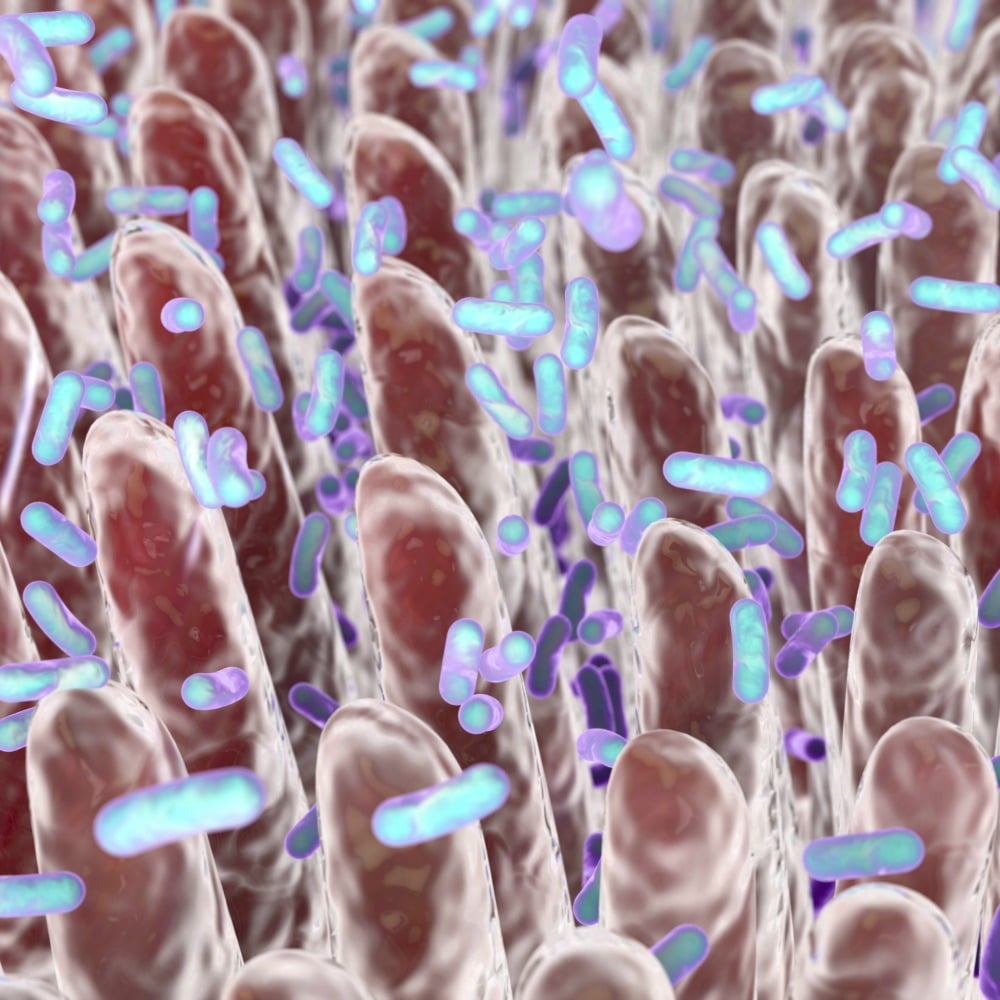Researchers at the Cleveland Clinic have identified a biological connection between gut bacteria metabolism and obesity. The research was spearheaded by the Cleveland Clinic Lerner Research Institute’s J. Mark Brown Ph.D. The research group determined that blocking an intestinal microbial pathway has the potential to ward off obesity as well as insulin resistance. It can even prompt fat tissue to be more metabolically active. The results of the study were publicized in the journal Cell Reports. Dr. Rebecca Schugar is the primary author on the study’s publication.
About the Research
The research team analyzed the metabolic pathway that generates trimethylamine oxide, referred to as TMAO. This is a chemical created by gut bacteria when the body digests vitally important nutrients like carnitine, lecithin, and choline. These nutrients are found in animal products like processed meats, red meat, liver, and eggs. Dr. Brown worked with Dr. Stanley Hazen on the study. They found that particularly high levels of TMAO are tied to an increased risk for cardiovascular events like strokes and heart attacks.
It has long been known that obesity is linked to cardiovascular disease. The research team kept this fact in mind when hypothesizing that TMAO might play a part in the metabolic pathways that spur obesity. The researchers keyed in on the host enzyme known as flavin-containing monooxygenase 3, know as FMO3. It converts TMAO to an active form. The researchers determined mice that had either a missing or a deactivated FMO3 gene enjoyed protection against obesity, even when provided with a diet high in calories and fat. The research team also found mice that are FMO3-negative displayed an elevated expression of genes linked to brown or beige fat cells that are much more metabolically active compared to white fat cells.
Why the Study is Important
The study determined that elevated TMAO levels are tied to an increase in Type 2 diabetes. The findings are important as they show that there might be a new way to alter the microbiome through therapeutics that will help in the fight against obesity and diabetes. There had not been any sort of meaningful evidence as to how gut bacteria impacts obesity until now.
The research team’s work has extensive implications in terms of drug discovery that targets gut microbes. However, additional studies will be necessary to obtain a full understanding of the TMAO pathway and the connections between TMAO, TMA, FMO3, and health.




